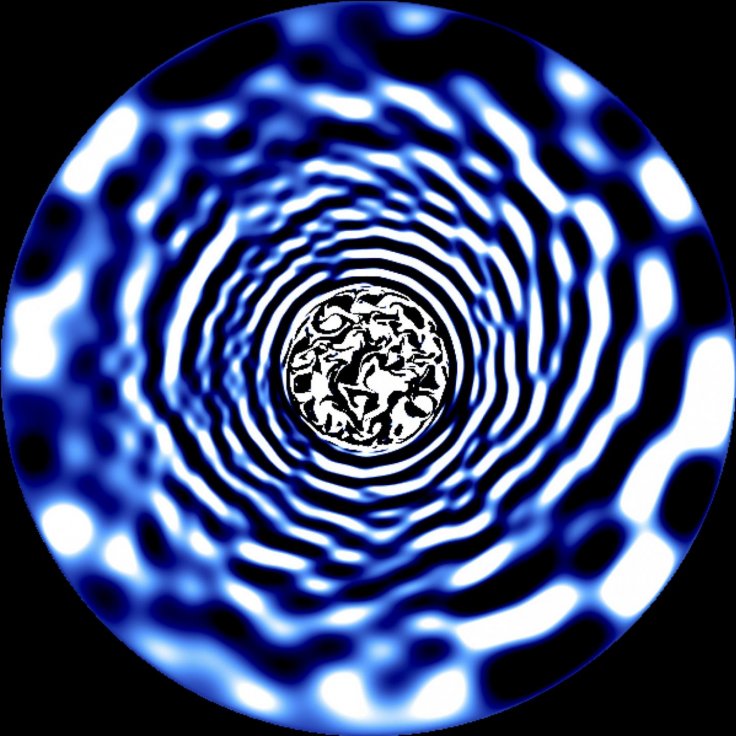
Since the dawn of humanity, the stars in the night sky have trickled our imagination. The nursery rhymes to children inevitably start with "Twinkle, twinkle little star, how I wonder what you are".
These blue supergiants are rock-and-roll celestial bodies which live fast and die young, making it difficult to study them. They were first observed before space telescopes were invented, but our understanding remained limited throughout.
Recently, using the NASA Kepler/K2 and TESS space telescopes, a global team led by KU Leuven studied the sounds originating inside these stars and discovered that these blue supergiants shimmer in brightness due mainly to waves on their surface.
Though telescopes were in use for over centuries, astronomers have struggled to 'see' what's inside the stars but these new space telescopes allowed astronomers to 'see' the waves that originate in the deep interior of the stars. Using asteroseismology, a similar technique to how seismologists use earthquakes to study the Earth's interior, KU Leuven scientists could decipher the reason behind the twinkling effect on stars.
Stars vary in shapes, sizes and colours, some are similar to our Sun and live for billions of years. Others are massive in size, ten times or more the mass of the Sun, which live significantly shorter and active lives before they explode and expel their material into space, called a supernova. Blue supergiants studied now belong to this group.
Another interesting angle is that they are metal factories of the universe, with chemical elements beyond helium in the Periodic Table of Mendeleev. Whenever they explode, they expel these materials into space too.
For the first time, researchers have been able to 'see' beneath the opaque surface of blue supergiants. "The discovery of waves in so many blue supergiant stars was a eureka moment," says postdoctoral researcher Dominic Bowman and co-author of the study: "The flicker in these stars had been there all along... From the frequencies of the waves at the surface, we can derive the physics and chemistry of their deep interior, including the stellar core. These frequencies probe how efficiently metal is produced and how it moves around in the factory."
The nursery rhyme sung to children, "Twinkle, twinkle little star, how I wonder what you are" is no longer a wonder as modern-day space telescope found out the reason behind it. "We are now entering a golden age of asteroseismology of hot massive stars, thanks to modern space telescopes. The discovery of these waves in blue supergiants allows us to study the progenitors of supernovae from a novel perspective", said Bowman.









